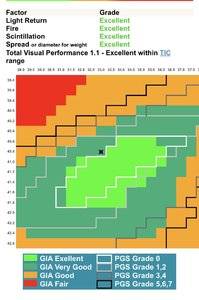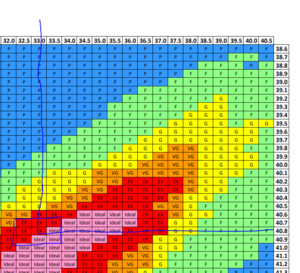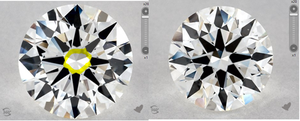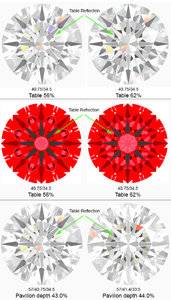- Joined
- May 14, 2016
- Messages
- 400
Hoping someone can help me.
This diamond is scoring 1.1 on HCA and scores excellent on everything but it falls outside of GIA excellent and PGS Grade 0.
Why would this be?
Here is the info:
Depth:60.1%
Table:59.0%
Crown Height:13.5%
Crown Angle:33.0°
Pavilion Angle:40.8°
Pavilion Depth:43.0%
Star Length:50.0%
Girdle:Medium to Slightly Thick
Also, what are your thoughts on an E colour with medium blue fluorescence?
Thanks for any help you can give.
This diamond is scoring 1.1 on HCA and scores excellent on everything but it falls outside of GIA excellent and PGS Grade 0.
Why would this be?
Here is the info:
Depth:60.1%
Table:59.0%
Crown Height:13.5%
Crown Angle:33.0°
Pavilion Angle:40.8°
Pavilion Depth:43.0%
Star Length:50.0%
Girdle:Medium to Slightly Thick
Also, what are your thoughts on an E colour with medium blue fluorescence?
Thanks for any help you can give.











300x240.png)